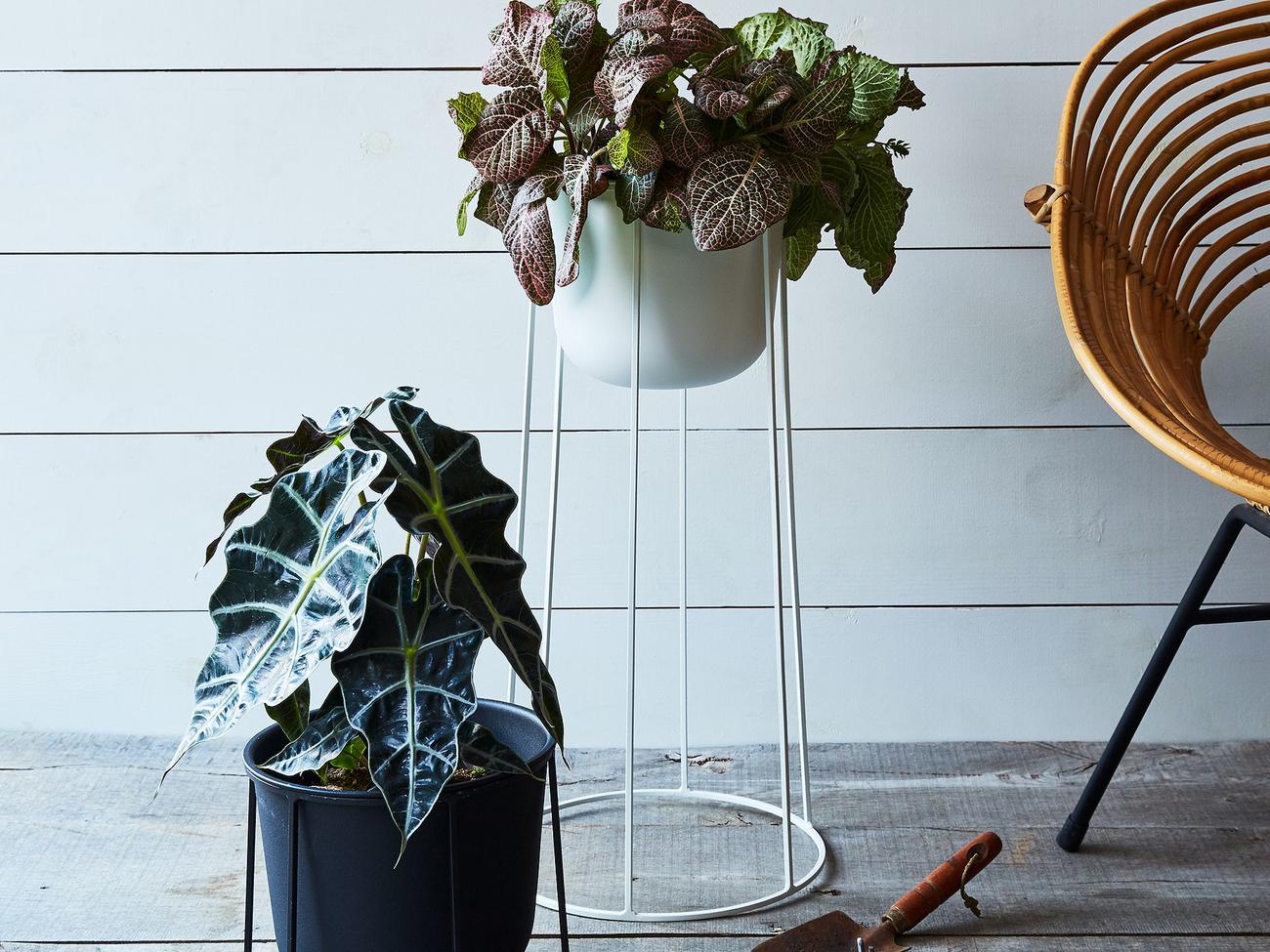Using Plant Stands To Create A Cohesive Indoor-Outdoor Look
Hey there fellow plant enthusiasts!
Are you looking to bring some life into your home? Well, you've come to the right place! Indoor plants are a wonderful way to add both beauty and health benefits to your living space. Not only do they purify the air, but they also boost your mood and reduce stress levels.

First things first, let's talk about the different types of indoor plants. Depending on your lighting conditions and personal taste, there are many options to choose from. Some popular choices include:
- Snake Plants
- Spider Plants
- ZZ Plants
- Peace Lilies
- Pothos
- Rubber Trees
- And so many more!
Now that you've chosen your plants, it's time to figure out where to put them. The key is to find the right balance of light and moisture for each plant. Some plants do well in direct sunlight, while others prefer indirect or even low-light conditions. It's important to research the specific needs of each plant you choose.
Here are some general tips and tricks to keep in mind as you care for your indoor plants:
How to Care for Indoor Plants
1. Watering
Watering may seem like an easy task, but it's easy to over or under-water your plants. The best way to know when it's time to water is to stick your finger into the soil. If it feels dry, it's time to water. If it feels moist, wait a few more days before watering. It's also important to use room temperature water and to avoid getting water on the leaves as this can lead to mold and rot.
2. Light
As mentioned earlier, different plants require different amounts of light. Some plants can thrive in direct sunlight, while others prefer indirect or low lighting conditions. Be sure to research the specific needs of each plant and place them accordingly. You may even need to rotate your plants to ensure each one gets the right amount of light.
3. Soil
The type of soil you use can also make a big difference in the health of your plants. Look for soil that has good drainage and is specifically formulated for indoor plants. You may also want to add fertilizer every few months to give your plants an extra boost.
4. Temperature and Humidity
Most indoor plants do well in temperatures between 60-75 degrees Fahrenheit. It's also important to consider humidity levels, especially during the winter months when the air can get dry. You can increase the humidity around your plants by misting them with water, using a humidifier, or placing a tray of water near them.
With these tips in mind, you'll be well on your way to having a thriving indoor forest! So go ahead and let your creativity run wild as you decorate your home with beautiful, beneficial plants.





Post a Comment for "Using Plant Stands To Create A Cohesive Indoor-Outdoor Look"